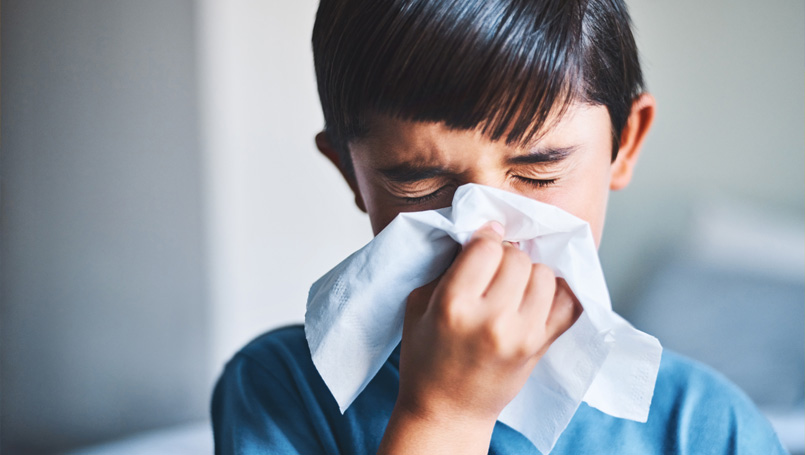
As the weather turns cold, people start looking for natural cold and flu tablets to see them through. This year, that approach is complicated by COVID-19, which shares some symptoms with influenza. If you’re feeling ill, how can you tell which you have? Here’s everything you need to know about these two illnesses.
COVID-19
The world is currently in the grips of a pandemic, as COVID-19 is drastically more contagious than the seasonal flu. Additionally, it doesn’t wane with the warm months, as influenza usually does. Instead, it’s remained a danger throughout the year and spread uncontrollably without drastic public health measures in place.
Cause
COVID-19 is caused by a virus called SARS-CoV-2. It’s a coronavirus, meaning it shares a family with MERS and SARS. It began in Wuhan, China, and despite widespread rumors, it was not caused by the consumption of bat soup. In fact, epidemiologists looking to track down the source don’t know what animal originally passed it on to humans, though they’re sure there was an interspecies jump, just as there was with the two previous coronaviruses.
Symptoms
As cases have mounted, the number of symptoms have expanded. Worryingly, some carriers are asymptomatic, meaning they’re shedding the virus and infecting others without ever experiencing symptoms themselves. However, even those without symptoms are seeing long-term damage to the lungs and heart once the virus has run its course.
As for the most common symptoms, doctors report seeing the following:
- Shortness of breath
- Fatigue
- Cough
- Fever
- Sore throat
- Nausea or diarrhea
- Stuffy or runny nose
- Headache
- Body aches
The onset of these symptoms are gradual and can occur up to two weeks after initial infection.
Influenza
Influenza, or flu for short, shares several symptoms with COVID-19, making it difficult for a layperson to immediately identify the difference. This can lead to patients not seeking medical attention as soon as they should. Others may panic at the onset of symptoms and require homeopathy for anxiety and panic attacks in addition to treatment for their illness.
Cause
Influenza is a term covering several viruses that cause similar symptoms with varying degrees of severity. Though the resulting illness doesn’t have as high a death toll as COVID-19, it still kills thousands every year; its victims are predominantly people with pre-existing conditions such as asthma. The good news is that the flu isn’t nearly as contagious as COVID-19, though it can still easily spread in certain situations, such as crowded spaces.
Symptoms
Unlike COVID-19, flu symptoms tend to appear rapidly, as the incubation period is only a few days. Individuals typically experience the following:
- Fatigue
- Cough
- Fever
- Sore throat
- Nausea or diarrhea
- Stuffy or runny nose
- Headache
- Body aches
- Chills
As you can see, the symptoms are nearly identical. The tell-tale differences are the chills associated with influenza and the shortness of breath caused by COVID-19.
For most, influenza symptoms are mild and last a week or less. COVID-19 symptoms, on the other hand, have been known to last for months in extreme cases.
So how can you protect yourself from these illnesses? One way is to boost your immune system by avoiding stress. You can do this by managing your time, practicing self-care and taking homeopathic medicine for anxiety and stress for children and adults.